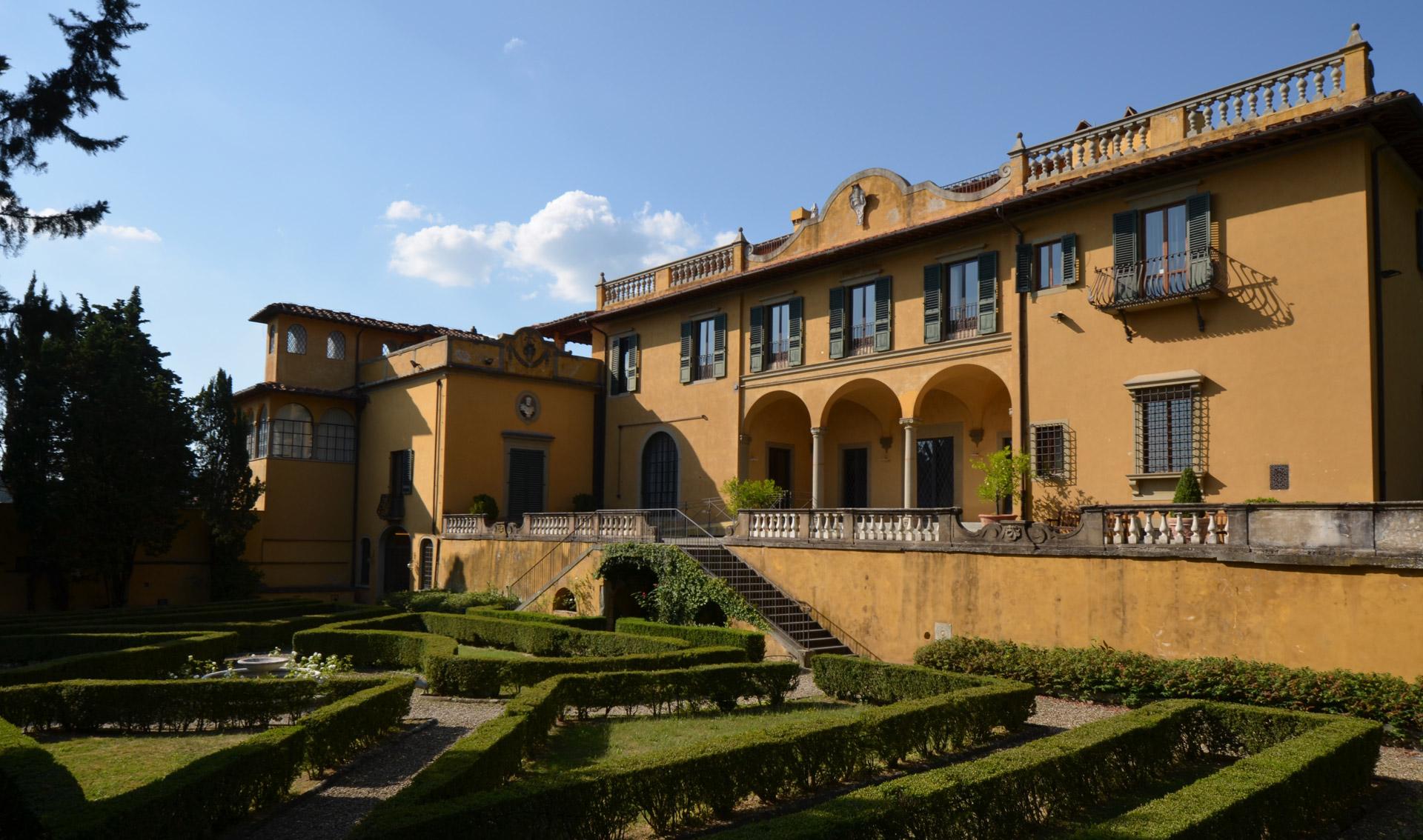Read more
Blog, Migration Governance
Tradable Refugee-admission Quotas: A Policy Proposal to Reform the EU Asylum policy
The current refugee crisis is putting EU policies and institutions dealing with refugees and asylum seekers under heavy pressure to reform. The emergency humanitarian situation and the sheer volumes involved act as stress-tests for...
“Tonight I’d like to talk with you about immigration”, Barack Obama announced on November 20. The president plans to grant millions of irregular immigrants temporary protection from deportation.
In reaction the House of Representatives has passed a Bill aiming to block his path. This would ban the Department of Homeland Security from giving relief from deportations or providing work permits to immigrants who are in the US “unlawfully”. The bill has no chance of getting through the Senate but is meant as symbolic statement of Republican dissatisfaction.
While Obama’s actions have spurred strong discontent among Republicans, voters are pleased. In the two weeks following his announcement, Obama’s approval rating among Hispanic voters increased by 14 points to 68%.
American electoral dynamics often demand an inclusive approach to immigration because of the weight of the Latino vote. Surveys have also regularly demonstrated that a majority of US citizens are in favour of creating a pathway to citizenship for irregular residents. Most Americans also support the substance of Obama’s plan.
But there is a significant gap between what voters think about immigration and the way the issue eventually plays out in politics. The fact that Obama has resorted to an executive order to ensure his immigration reform survives is testament to just how profound the deadlock in Congress is.
It also shows that many in the political elite tend to take a one-sided view of border security – a fact that Obama is well aware of. In his speech, Obama almost immediately raised the issue of border security. He emphasised that today “we have more agents and technology deployed to secure our southern border than at any time in our history”.
Between 1992 and 2011 the annual immigration enforcement budget in the US increased by 587%, from $2.48 billion to $17.04 billion. In 2012 18,516 border patrol agents were stationed along the US south-west border. Back in 1991 the number was just 3,555.
The trend looks certain to continue. Putting more boots on the ground is a central component of Obama’s reform and is also a priority for the new Congress. Incoming Republican politicians have already announced that they are preparing a strong border security bill, which they aim to pass as quickly as possible once the new Congress convenes in January.
View from the Rio Grande
I recently travelled to the Rio Grande Valley, where 3,300 border agents are stationed, for research into the situation at the US-Mexico border. A massive fence has been erected along the Valley. Construction began in 2007 during the last Bush administration but Obama has increased both the money and effort required to erect this vast barrier, which now runs for 700 miles.
At $7m per mile, the fence is costing seven times more than the price originally authorised by Congress. As one of our interviewees in the Rio Grande Valley put it: “when you have 61% of our population living in poverty, that’s a lot”.

This militarisation of the border isn’t even effective. It disregards the fact that the majority of irregular immigrants in the US are primarily over-staying on visas. Even as the amount spent on border security soars, so does the number of undocumented migrants. There are now estimated to be more than 11.5m in the US.
Straw men
Not only does border security seem to have failed in its proclaimed goal – namely a reduction in the number of unauthorised migrants – it’s had several negative and presumably unanticipated side effects.
For one thing, the intensified security has made journeys both more dangerous (indeed sometimes deadly) for immigrants and more profitable for the gangs, or “coyotes”, that smuggle them.
Then there are the implications for trade flows and business activity in border regions such as the Rio Grande Valley. A recent study found that deploying National Guard Troops to the US-Mexico border significantly damages business activity. The more troops there are, the less cross-border business and tourism there is.
The study estimates that each year in the valley, deployment costs more than $541.9m in gross product, and leads to the loss of 7,830 jobs. For the state of Texas as a whole, $650m in gross product is wiped off the books and 8,680 jobs vanish each year as a result of the border’s militarisation.
For all that, border security remains the number one issue in immigration reform debates in the US. The 2013 Comprehensive Immigration Reform Bill, for example, never made it to the House of Representatives. But it would not even have made it through the Senate were it not for an amendment that created a $50m fund for border security-related projects – including the deployment of additional military technology such as drones and ground sensors, and the doubling of the border patrol to 40,000 agents.
Most Republican representatives fundamentally disagree with the idea that there should be a pathway to citizenship for the millions of irregular migrants in the country, which was a central element of the Bill. They don’t disagree, though, that there should be an increase in border security measures.
It is therefore likely that in 2015 Congress will favour an “enforcement only” immigration strategy. No matter what, we will certainly see more money thrown at the border, even if this does little to fix the broken US immigration system.
This article first appeared in The Conversation: https://theconversation.com/lockdown-at-the-rio-grande-achieves-little-as-obama-seeks-immigration-change-34947



